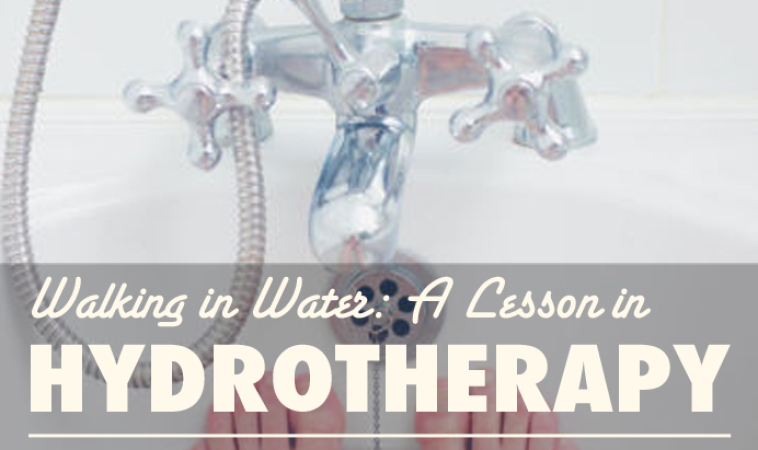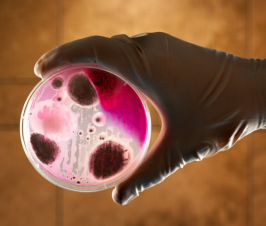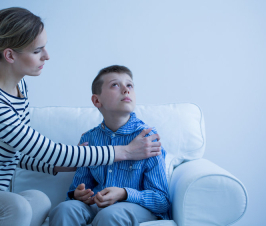Cold Extremities Could Signal Compounded Symptoms
Naturopathic doctors counsel their patients to be aware that their lives are inundated with stress. Compounding that unhealthy state of affairs, their patients often find themselves exhausted at the end of the day, likely having woken up in the morning not rested. I personally know the fatigue that accompanies a traumatic brain injury and guard my energy like a miser. Naturopathic doctors know that energy is strongly associated with blood circulation. They are on the lookout for telltale signs of imbalance such as if our extremities, like our hands and feet, are cold, and know to counsel their patients to be on the lookout for and report other accompanying symptoms.
Could Cold Feet Indicate an Early Sign of Pathology?
Naturopathic doctors view cold feet, for example, as an early sign of a pathology not yet manifested. In particular, chronic cold feet are a clear indication that there is likely an underlying blood congestion, invariably associated with headaches, insomnia, digestive disturbances, respiratory congestion or phlegm. We know that heart disease has a strong link to cold feet, too, signals which tell us about the first manifestations of impending heart disease in our patients. We know cold feet indicate impaired blood circulation, that the heart may not be doing its job, and that blood could well be pooling or be congested.
Problems Arise for the Patient if Life is Sedentary, or Blood Circulation Sluggish
Naturopathic case reports, clinical commentary and didactic knowledge reinforce what may seem obvious, but there is real worry that if a patient’s life is sedentary, his or her blood circulation can become sluggish and problematic. It can be incumbent on us to alert our patients always to the dangers of sedentary lifestyles and encourage them to seek out-of-doors clean air, water and exercise, and to source and prepare good food. This advice and accompanying protocols can sometimes be at odds with an allopathic profession’s inclination to treat the outcomes of poor lifestyle with drugs and interventions, which did not explore the cause and do little to moderate and avoid future health concerns. These days, combining a sedentary rhythm of life with hours sitting in front of computers and flat screen TVs, can mean that the congestion of blood is compounded. If we are spending time in front of screens before retiring to bed, for example, we can be assured that more blood is circulating to the head, leaving our feet feeling cold.
When Contradictions Make Sense
It may seem contradictory to put already cold feet into cold water to warm them up. However, the Naturopathic doctor routinely assures his or her patients that there is nothing more effective to use than cold water to stimulate blood circulation. In that regard, “water treading” of “walking in water” is a simple way of warming our feet and improving blood circulation. Warm feet, especially when we go to bed, ensure a good night’s sleep and help de-stress our day with the assured advent of a calming time before sleep.
Balneotherapy Spas + Water Therapy Retreat Centers
Contemporary European balneotherapy spas and water therapy retreat centers, so very reflective of the approaches and modalities of the traditional Naturopathic approaches, often offer a therapy that appears benign, basic and even ‘common sense’. “Water treading” is one such practice in these spas, and is one of the most effective treatments to improve blood circulation throughout the body. What is more amazing is that the treatment is done in two minutes or less. So, the time commitment is minimal and the effects are immense.
Water Treading
For those just beginning with water treading, I recommend that a large tub be placed in the bathtub or shower and filled with cold tap water, ankle deep. In most urban homes or offices, the temperature of water from the cold faucet isn’t actually very cold. In fact, while running a hand under the tap, one concludes that the water is almost lukewarm. However, the experience that one feels when water treading in this same lukewarm/cool water is intensely cold. For those especially sensitive to cold, beginning with lukewarm water and gradually reducing the temperature till the water in the tub is cold may aid the apprehension about the shock of cold water. In any case, the first experience should be a mild dose of water ankle deep at a temperature that is not too shocking to the system. To optimize the effects of water treading, I recommend increasing the amount of water in the tub, gradually adding more until the level of water reached the knees. A last reminder: while immersed in the cold water continue walking for at least one or two minutes.
The reaction of the body to cold water is quite apparent on the surface of the skin. When cold water touches the skin, blanching can be observed as blood retreats to the core or the interior of the body and away from the skin. The capillaries spasm allowing for the blood to move to the interior. The spasm lasts about 60 to 90 seconds and the capillaries relax, resulting in a change in the colour of the skin.
Simplicity and Effectiveness of Water Treatments
The simplicity and effectiveness of these water treatments are part of the power and grounding of naturopathic medicine. Our medicine brings patients back to their own bodies and back to mother earth. As the smallest stream yearns for the sea, so too our bodies yearn for such grounding. We can help our patients in this way with the core elements of our medicine, chief among which is water.
 Sussanna Czeranko ND, BBE, incorporates “nature-cure” approaches to primary care by including balneotherapy, breathing therapy, and nutrition into her naturopathic practice. Dr Czeranko is a faculty member working as the Rare Books curator at NCNM and is currently compiling a 12-volume series based upon the journals published early in the last century by Benedict Lust. Four of the books have been published: Origins of Naturopathic Medicine, Philosophy of Naturopathic Medicine, Dietetics of Naturopathic Medicine,and Principles of Naturopathic Medicine.
Sussanna Czeranko ND, BBE, incorporates “nature-cure” approaches to primary care by including balneotherapy, breathing therapy, and nutrition into her naturopathic practice. Dr Czeranko is a faculty member working as the Rare Books curator at NCNM and is currently compiling a 12-volume series based upon the journals published early in the last century by Benedict Lust. Four of the books have been published: Origins of Naturopathic Medicine, Philosophy of Naturopathic Medicine, Dietetics of Naturopathic Medicine,and Principles of Naturopathic Medicine.
In addition to her work in balneotherapy, she is the founder of the Breathing Academy, a training institute for naturopaths to incorporate a scientific model of breathing therapy called Buteyko into their practice. She is a founding board member of the International Congress of Naturopathic Medicine and a member of the International Society of Medical Hydrology.

















